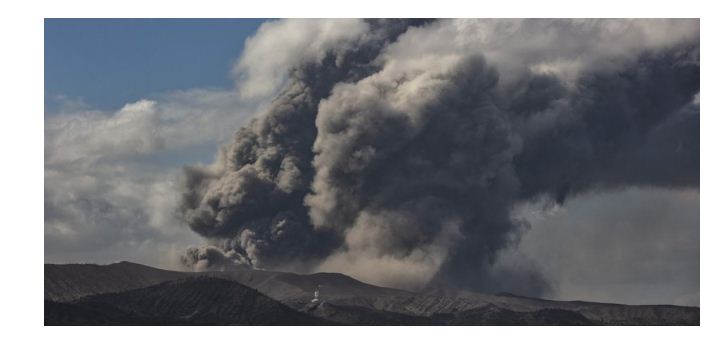Another eruption at the Philippines’ second-most active volcano can occur anytime soon, government scientists warned on Sunday amid “anomalously high” volcanic gas emissions.
More than 3,000 residents from high-risk villages around Taal volcano in Batangas province, 66 kilometres south of Manila, have fled their homes since Thursday, when the volcano erupted, spewing a dark, one-kilometre-high plume of volcanic gas and steam.
Since then, several bursts of volcanic gas and steam have been generated by Taal.
On Sunday, “the highest levels of volcanic sulfur dioxide gas emission was recorded … at an average of 22,628 tonnes per day, the highest-ever recorded in Taal,” the Philippine Institute of Volcanology and Seismology (Phivolcs) said in a bulletin.
The emissions were accompanied by 26 strong and very shallow low-frequency volcanic earthquakes “associated with magmatic degassing,” it added. “These observations may indicate that an eruption similar to the 1 July 2021 event may occur anytime soon,” the institute said.
Phivolcs raied the alert at Taal volcano to level 3, which means that there was “ongoing magmatic extrusion at the main crater that may further drive succeeding explosions.”
Taal last erupted on January 12, 2020, displacing more than 376,000 people from surrounding towns. At the time, 39 people died due to illness while in evacuation centres and accidents caused by thick ash fall, according to the provincial government.
Taal has erupted 33 times since 1572.
It is a popular tourist destination for its picturesque crater lake.
Taal also has the distinction of being the only known volcano in the world within a lake on an island.












